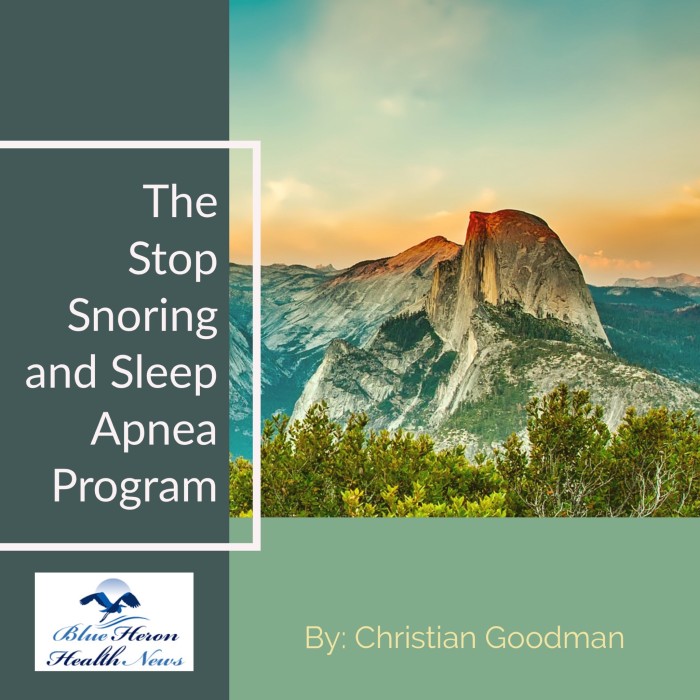Are there specific tests used to diagnose snoring in Australia?
Specific Tests Used to Diagnose Snoring in Australia
Diagnosing snoring involves a series of specific tests that help healthcare providers understand the underlying causes and determine appropriate treatments. In Australia, the following tests are commonly used to diagnose snoring:
1. Polysomnography (Sleep Study)
1.1 Overview Polysomnography is considered the gold standard for diagnosing snoring and related sleep disorders, such as obstructive sleep apnea (OSA). This comprehensive test monitors various physiological parameters during sleep.
1.2 Parameters Monitored
- Electroencephalogram (EEG): Measures brain wave activity.
- Electrooculogram (EOG): Tracks eye movements.
- Electromyogram (EMG): Records muscle activity.
- Electrocardiogram (ECG): Monitors heart rate and rhythm.
- Pulse Oximetry: Measures blood oxygen levels.
- Respiratory Effort Sensors: Detect chest and abdominal movements.
- Airflow Sensors: Monitor airflow through the nose and mouth.
- Snore Microphone: Records snoring sounds.
- Video Recording: Observes sleep positions and movements.
1.3 Procedure Polysomnography is usually conducted overnight in a sleep clinic or laboratory, where the patient is monitored throughout the night.
2. Home Sleep Apnea Testing (HSAT)
2.1 Overview HSAT is a convenient and less expensive alternative to polysomnography, suitable for patients with a high likelihood of OSA. It involves using portable devices to monitor key physiological parameters at home.
2.2 Parameters Monitored
- Pulse Oximetry: Measures blood oxygen levels.
- Respiratory Effort Belts: Detect breathing effort.
- Nasal Cannula: Measures airflow.
- Snore Microphone: Records snoring sounds.
2.3 Procedure The patient is provided with the portable monitoring device to use at home while sleeping. The data collected is later analyzed by a healthcare provider.
3. Imaging Studies
3.1 X-Rays X-rays of the head and neck can help identify structural abnormalities, such as a deviated septum or enlarged tonsils, that may contribute to snoring.
3.2 CT Scans Computed Tomography (CT) scans provide detailed images of the nasal passages, sinuses, and throat, helping to detect obstructions and anatomical issues.
3.3 MRI Scans Magnetic Resonance Imaging (MRI) offers high-resolution images of soft tissues in the airway, useful for diagnosing conditions like enlarged adenoids or soft palate abnormalities.
4. Nasal Endoscopy
4.1 Overview Nasal endoscopy involves inserting a thin, flexible tube with a camera (endoscope) into the nasal passages to visually inspect for obstructions, such as polyps or structural abnormalities.
4.2 Procedure Performed by an ENT specialist, the procedure is typically done in an office setting under local anesthesia.
5. Cephalometric Analysis
5.1 Overview Cephalometric analysis involves taking lateral X-rays of the head to evaluate the bony and soft tissue structures of the airway.
5.2 Purpose This analysis helps in identifying skeletal abnormalities, such as jaw misalignment, that may contribute to snoring.
6. Functional MRI (fMRI)
6.1 Overview Functional MRI can assess changes in blood flow related to airway dynamics during sleep. It provides insights into the functioning of airway muscles and structures.
6.2 Usage Though less common, fMRI can be useful in complex cases where standard imaging does not provide sufficient information.
7. Acoustic Pharyngometry and Rhinometry
7.1 Acoustic Pharyngometry This test measures the cross-sectional area and volume of the oral and pharyngeal airways using sound waves. It helps determine the size and shape of the airway, identifying potential sites of obstruction.
7.2 Acoustic Rhinometry This test evaluates nasal airway patency by measuring sound wave reflections from the nasal passages. It can detect obstructions in the nasal passages that contribute to snoring.
8. Sleep Position Monitors
8.1 Overview Sleep position monitors track the positions in which a person sleeps and the corresponding snoring patterns. This helps determine if positional therapy may be an effective treatment.
8.2 Procedure Patients wear a device that records their sleep positions and snoring sounds over several nights.
Conclusion
Diagnosing snoring in Australia involves a range of specific tests that provide comprehensive information about the underlying causes and severity of the condition. From polysomnography and home sleep apnea testing to imaging studies and nasal endoscopy, these tests help healthcare providers develop personalized treatment plans. By accurately identifying the factors contributing to snoring, effective interventions can be implemented to improve sleep quality and overall health.

The Stop Snoring And Sleep Apnea Program™ By Christian Goodman The Stop Snoring and Sleep Apnea Program is a well-researched program created to help stop snoring and sleep apnea so that you can have a good night sleep. The techniques that you will learn from this program works immediately. It will only take you 3-7 minutes to perform these simple exercises that the author has recommended but the results that you will get will help you have a good night sleep as soon as tonight. Within a week, snoring will be a thing of the past.
